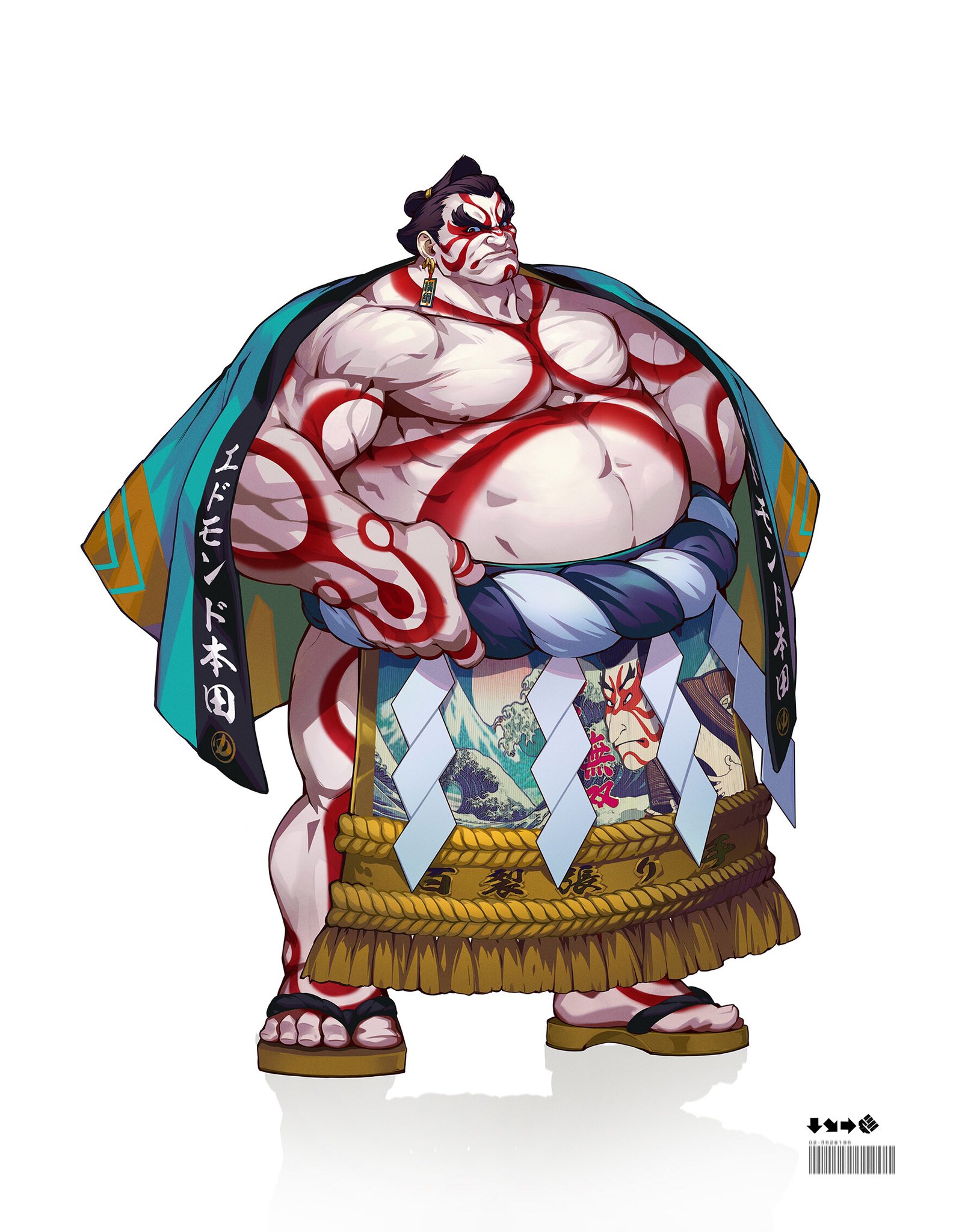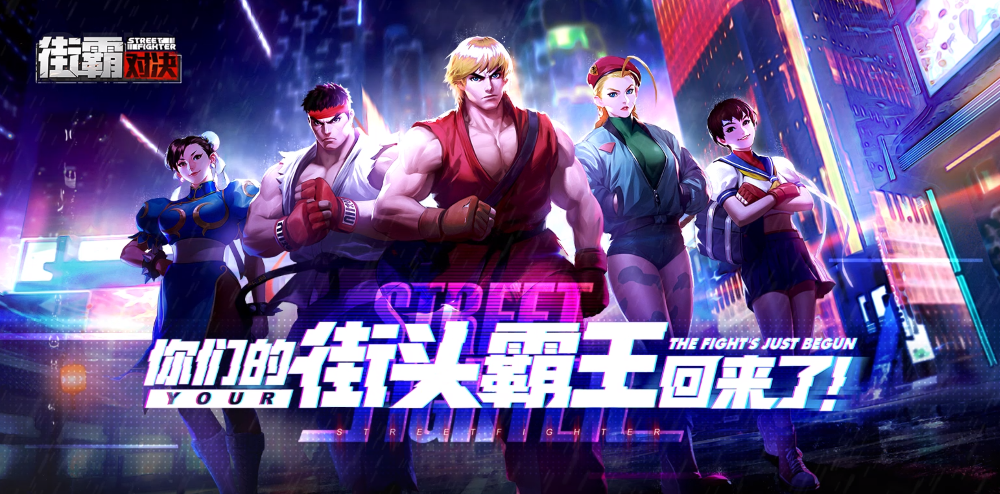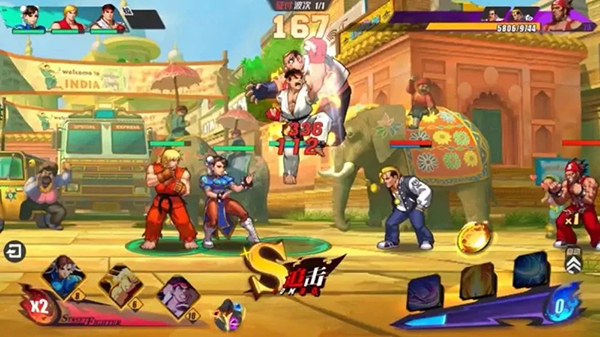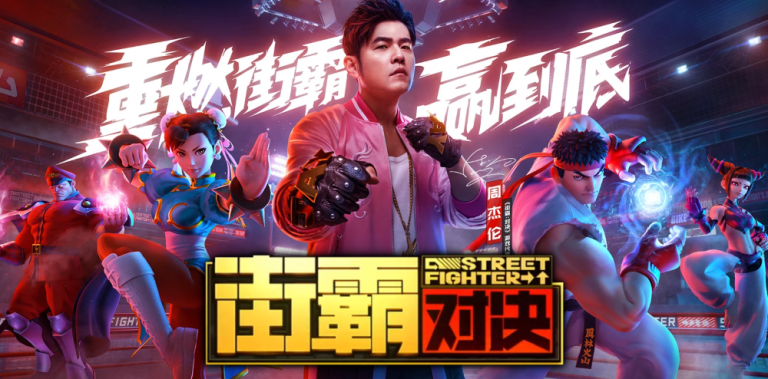

One of those sections is Bounties, where units can be sent to do missions for a number of hours, yielding currency in return, much like the idle systems in games like Assassin's Creed.

In the Explore section, there are various gameplay variants. Upon completing certain stages, a Task may appear that either asks the player to defeat a specific roster or throws in a timed questionnaire. After completing a zone, the players then travel across a world map, similar to the screen in Street Fighter II, though without the iconic sound bites.

A Challenge zone is usually capped off with a boss fight, which comes with a small dialogue interaction that occurs on the bottom right of the screen. Clearing stages can unlock a variety of requirements, such as working towards Ex Moves or boosting the amount of resources that idling yields. The Challenge section follows a linear story progression. Gameplay for Street Fighter: Duel happens in various branches that can be accessed from the main screen. Some transactions can go upward to three figures. Other microtransactions can include a Battle Pass system, login bonuses or the purchase of fighters with a different cosmetic look than their main counterpart. The premium currency of gems can only be acquired through various objectives, as well as obtained by purchasing them through microtransactions, naturally. Resources, as well as gear, will actor accrue the longer a player waits to collect them, up to a certain amount of time. One of the dozen or so microtransactions possible, but also one of the more egregious onesĬurrency is acquired mostly by clearing objectives, as well as the act of idling. Some gear has a certain element attached to it. Equipment levels up three times, raising more stats for that unit. As with most other systems in the game, the equipment can additionally be leveled by feeding leftover gear into them. For instance, to get a unit from C to B, they would first need to be brought up to C+, before restarting the process from C+ to B.Īlong with traditional leveling systems, which require a set of currencies, a fighter also comes with four equipment slots. As there are only four active slots, these fighters do not need to appear in the active roster, but can be placed as an assist as well.Īs with any gacha games, characters range from a rating of C up to SSS, with an additional '+' subset. For example, four wind units and two fire units have a perfect synergy. At best, the roster can have a synergy score of four members from one element, enhanced with two members of a different element that's equal to their respective trait. The three regular elements can synergize with their respective trait, boosting stats on the roster, while the three specials work slightly differently. There are six of these elements: Wind, Thunder, Flame, Infernal, Master, and Legendary. Most players will only see a few of these special attacks, which either destabilize enemies or heal the active party.Įach fighter on a roster has a specific class, such as Tank and so on, along with an elemental trait.

Ex Moves can be acquired through very rare currency or by achieving a set of demanding missions. Up to three more Ex Moves can be slotted into the party, which are powerful modifiers that can be activated during combat, but at the cost of a heavy cooldown cycle. These appended slots do not appear in combat but do boost the stats of the active line-up. In addition to the four fighters, up to two more can be attached to the roster as assists. It is, however, possible for characters to perform multiple Supers in the same chain, granted that they are the fighter who starts the chain, as long as they have that skill unlocked and it is not a consecutive combo. An initial Super can be combo'd by up to three more special attacks, though the same fighter cannot follow up on themselves. Super moves are activated by performing regular attacks that fill a bar. Three of those characters are active in battle, while the fourth is sidelined and only tags in for a Super move or when one of the main roster falls. The core of gameplay consists of assembling a team of four fighters, which can be supplemented in various ways.
#HOW TO PLAY STREET FIGHTER DUEL LICENSE#
Street Fighter: Duel is a free-to-play mobile game with gachapon systems, using the Capcom license to portray various characters and locations.


 0 kommentar(er)
0 kommentar(er)
